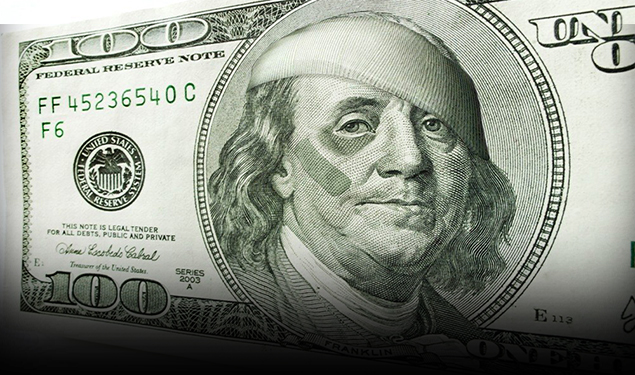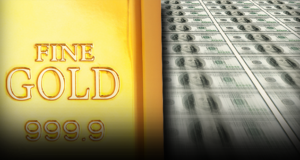Euro and Yen are Whipping the Dollar, But the Yuan is Readying the Knockout Punch!

A Bloomberg article on Wednesday reported that, “2017 has been nothing short of abysmal” for the almighty dollar. It suggested that the “greenback could lose more ground against the euro and yen as the prospect of strong economic growth and tighter monetary policy outside the U.S. more than offsets higher interest rates at home.” And they are correct, because the dollar is down more than 7% versus the world’s major currencies this year, the most in over a decade. As I’ve mentioned regularly, the Fed’s interest raising activities are too little and too late. Market enthusiasm and optimism is slowly giving way to the dire reality of our currency’s failing position.
The article goes on to say that, “most people we talk to wouldn’t be terribly surprised if, by the end of next year, the dollar was substantially weaker, especially against the euro,” said Daniel Katzive, head of FX strategy in North America at BNP Paribas. It goes on to suggest that President Trump’s tax cuts could “give the greenback a fillip in the first half of the new year. But few see it lasting into the second half – even if the Fed keeps raising rates.” Further, it explains that analysts see the dollar “losing ground to 13 of the world’s 16 most widely traded currencies through the end of next year.” I agree that everything mentioned in this Bloomberg article is true, but it fails to mention the most critical development, that all but ensures the complete failure of the U.S. dollar!
I’m talking about China’s high-gear efforts to formulate and implement trade agreements directly with key world powers, allowing them to sell oil to China for yuan. Russia, Iran and Venezuela are already on board. Now obviously, there’s no advantage to replace one fiat currency with another, which is why China’s ingenious plan calls for the Shanghai International Energy Exchange to link crude oil futures contracts, with an option to quickly convert yuan into physical gold, through exchanges in Hong Kong and Shanghai. This system allows participating countries to completely bypass the dollar and with it the U.S. stranglehold on global financing. As Kim Jong Un wasted no time in pointing out, leaders who speak out against U.S. financial hegemony, like Hussein and Gaddafi, end up dead. This call to action has certainly been heard by Saudi Arabia, the petrodollar’s lynchpin.
The petrodollar has been the world’s most important currency since 1974, because of the agreement between the U.S. and King Faisal of Saudi Arabia. The agreement essentially provided Saudi Arabia with U.S. military defense, for an exclusive petrodollar for oil agreement. A growing list of countries have lost patience with U.S. impositions, demands, and sanctions creating an opportunity for Russia, for example, to open new doors with previous enemies like Saudi Arabia, such that the current Saudi King, recently visited Moscow. As a result, a $10 Billion Saudi investment in Russian energy projects and a $3 Billion arms deal was finalized. As part of the deal, the Saudi’s will receive Russia’s S-400 missile system, a powerful military deterrent, even to U.S. jet fighters. Clearly, previously tight bonds are loosening and with it, U.S. clout is waning. Gold is once again becoming the most highly regarded universal currency.



